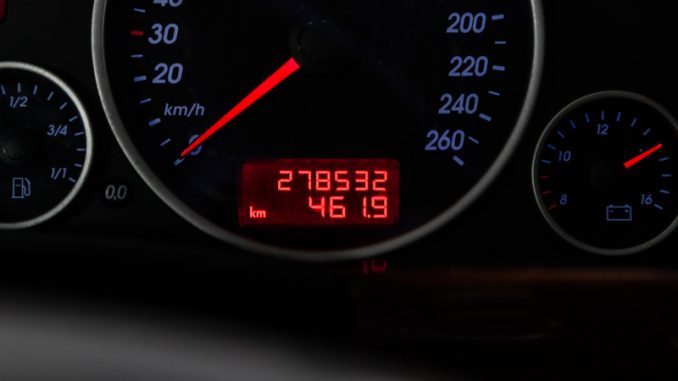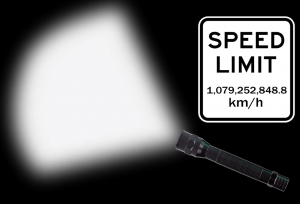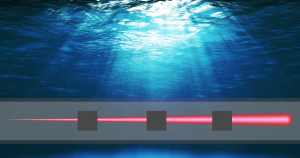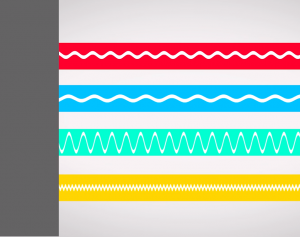
We have gotten used to most everything having some kind of a speed limit. The roads we drive on, the airplanes we fly and even the photons of light hitting your eyeballs right now, with the latter being the most probable reason that we haven’t heard from ET since he left.
But what about the Internet? In just two decades, we’ve gone from 28K connections to speeds of 100 megabits per second being the norm. And with demand for even faster performance and more connectivity thanks to streaming video, digital game distribution and Internet-enabled smart gadgets, the question becomes, where exactly is the roof on this thing? Well, let’s start by having a look at the fastest current internet speeds. And I’m not talking about the handful of people in Estonia or North Carolina who have 10 gigabit connections at home. You gotta think much bigger than that. The Internet backbone that forms the main highways for the world’s data. Although there are plenty of routes that boast speeds of 100 gigabits per second, or even higher, that is actually child’s play compared to the most advanced infrastructure in the system.
As of the time we shot this video, the fastest portion of the Internet backbone is an undersea cable called MAREA, stretching from Virginia Beach to Bilbao. It can transfer data at an astonishing 160 terabytes per second. I mean, that is about every single person in Portugal deciding to stream a 4K video at the same time. And get this: the cable isn’t much wider than your average garden hose. So how exactly does it move data so quickly?
Big undersea cables like MAREA use optical amplifiers at specific intervals to keep the signal strong as it flows down the pipe. So just like an un-amplified light from a cheap laser pointer won’t go on forever and hit the moon, light can get attenuated inside an optical fiber as the materials inside do not reflect light perfectly, scattering and absorbing it to some degree. So by using amplifiers, combined with using several fibers in one cable and multiple wavelengths per fiber to represent different data streams, these undersea cables can be tasked with carrying huge amounts of information. So back to our original question, though. Can we go even faster?
Well, as technology improves and we deploy materials that can reflect light more effectively and find more efficient ways of using the light spectrum, maybe by cramming more wavelengths into a single fiber, we could actually see speeds of over a petabyte per second and even higher on just one fiber. And then you could actually multiply even that by several times by putting several fibers into one cable. As long as the rest of the infrastructure can handle processing and separating all of the different signals passing through it.
And keep in mind that most modern optical networks use infrared light, which is relatively low frequency, and therefore can’t carry as much information as more energetic, high-frequency forms of radiation. So in the future, we may even see information carried via UV light if we can find an effective way to transmit it using materials that can stand up to its higher energies and keep it from being attenuated too much. Though we probably wouldn’t wanna use it to replace Wi-Fi unless y’all want a bunch of skin cancer. So the answer, then. Well, you can always build a fatter pipe or use higher frequencies to go faster, meaning that, in theory, there isn’t really an upper limit that we can identify quite yet. But of course, in the real world, concerns about cost, practicality, signal strength, energy consumption and safety will provide concrete challenges.
And do remember, of course, that your home internet connection will always be several orders of magnitude slower than whatever Microsoft is installing on the ocean floor.





